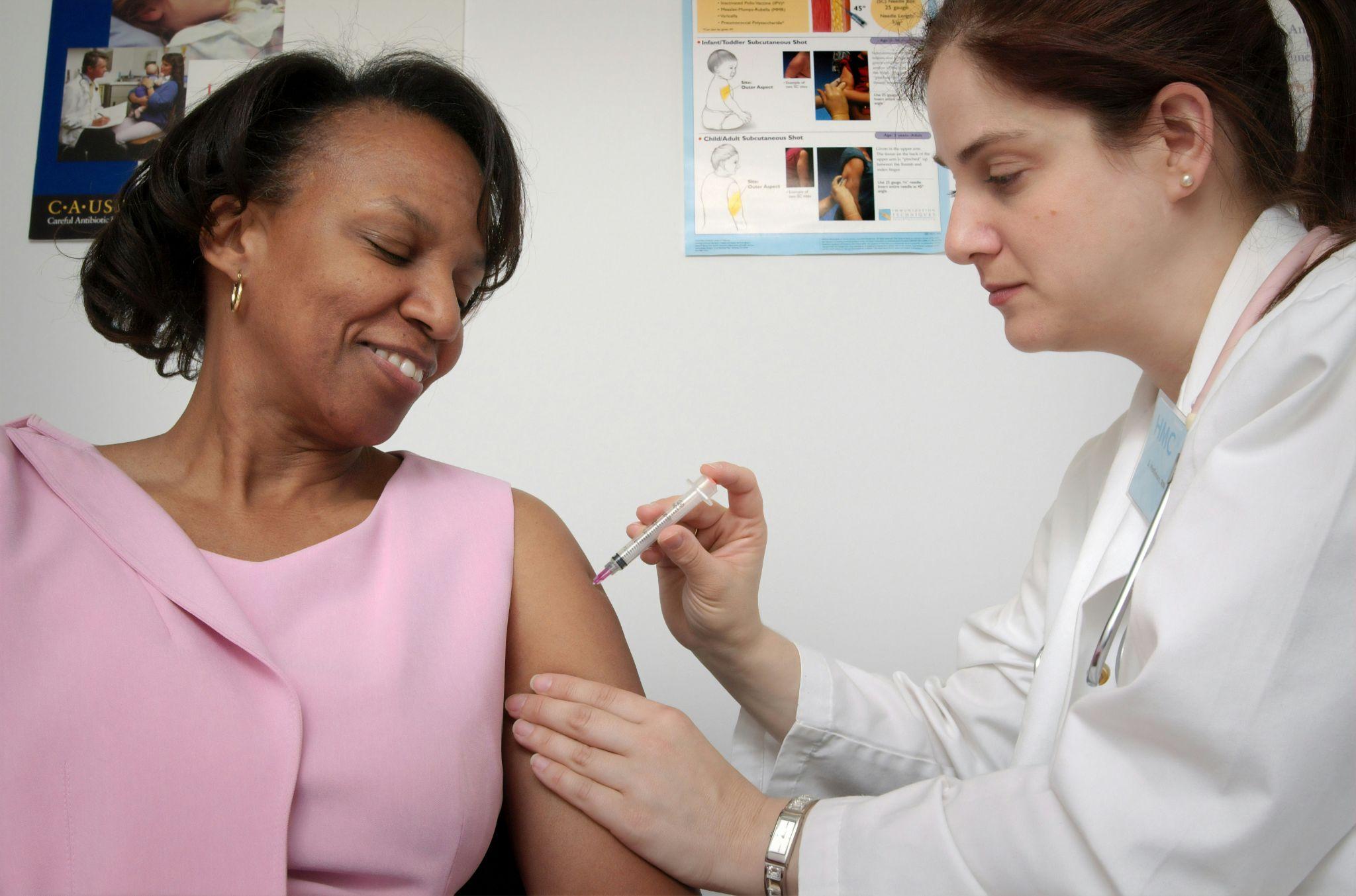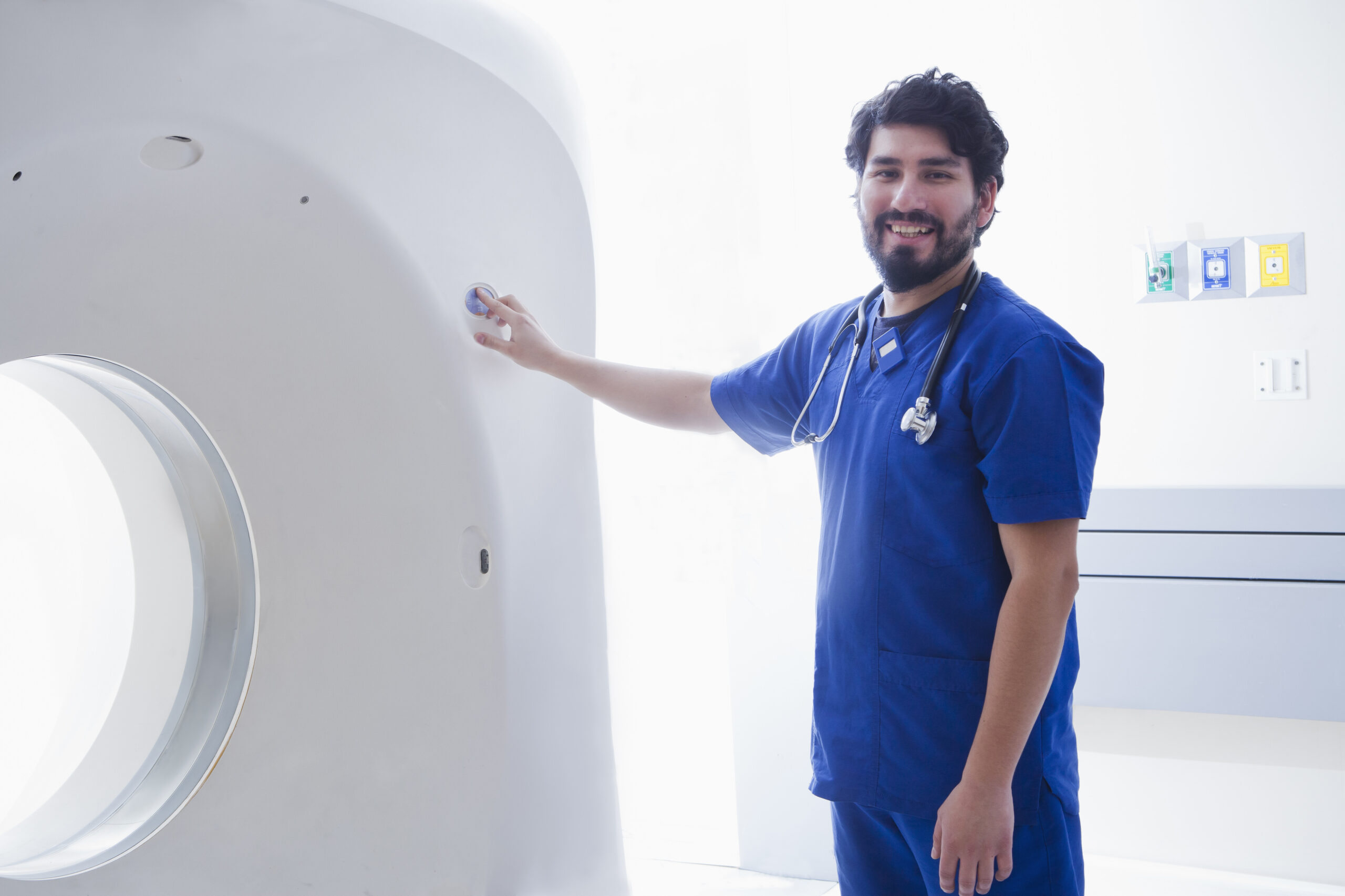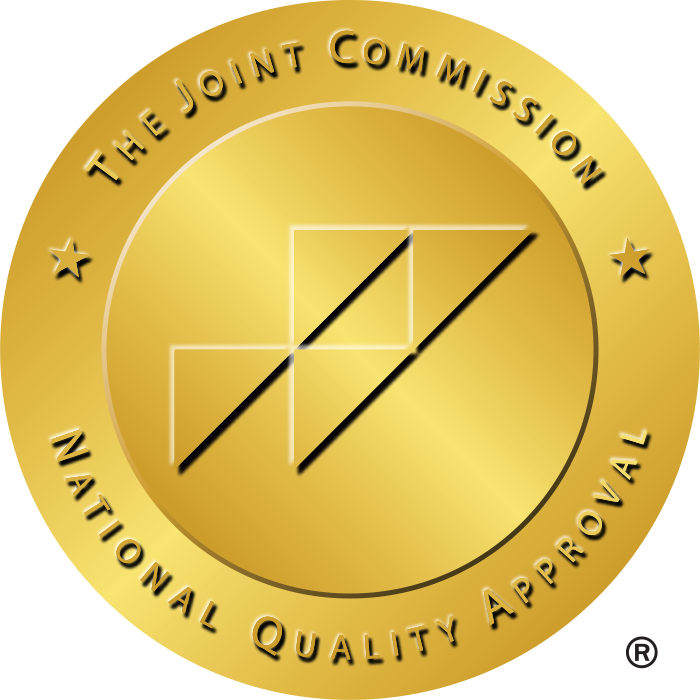How AI Is Reshaping Job Search for Healthcare Professionals
Welcome to the world of the digital age, where everything is transforming at lightning’s pace. If we talk about the job search scenario, then we can see that the entire perspective has shifted dramatically and significantly, thanks to the introduction of Artificial Intelligence (AI).
Artificial Intelligence (AI) is revolutionizing the world of healthcare like every other field, and when particularly talking about how job search has changed for medical professionals, one can see that the implementation of AI has indeed greatly transformed this department and the way people seeking different jobs, such as ultrasound tech jobs, surgical tech jobs, and physician assistant jobs can seek new opportunities for themselves.

The Role of AI in Healthcare Job Searches
Although the implementation of AI does not guarantee anyone a job in the first place, it is indeed helping people get one step closer to making the entire process hassle-free and smoother for them.
This is because unlike other industries, medicine and healthcare jobs require specific licenses, qualifications, and certifications to be owned by the individuals to be considered for a particular job opportunity. Strict regulatory requirements make it quite challenging for individuals with beginners or minimal experience to land themselves a suitable job in these trying times.
However, thanks to the intervention by AI, now, the job search process is becoming easier, more efficient, and smarter than ever before. This ensures that medical professionals will be able to find positions that align with their respective experiences and preferences.
Here is how Artificial Intelligence (AI) is helping reshape job searches for healthcare professionals:
Automated Job Matching:
AI analyzes job postings and candidate profiles to suggest the best job matches based on qualifications, experiences, and location preferences. All these factors are considered to be very important from both the employer’s and the employee’s perspective.
So, irrespective of the fact whether your job search comprises phrases like ‘nursing jobs near me’, ‘registered nurse jobs near me’, or ‘physician assistant jobs near me’, AI will now help streamline the process effectively.
Resume Optimization:
Thanks to the advent of AI-powered tools, candidates can now also refine their resumes by using AI for their benefit. This can happen by letting AI identify missing keywords and optimise content for applicant tracking systems (ATS).
This helps professionals in fields such as pharmacist jobs, sterile processing technician jobs, and radiology tech jobs stand out from the other applicants.
Streamlined Applications:
AI Streamlines applications through automated processes which decrease errors and enhance completeness of every submission. The automated system provides significant advantages to individuals pursuing travel nursing jobs, travel surgical tech jobs as well as travel CT tech jobs.
Real-Time Job Alerts:
AI-powered platforms deliver instant alerts about suitable job opportunities for healthcare professionals who want positions and have also set up job alerts for posts such as ‘nurse practitioner jobs near me’, ‘occupational therapists jobs near me’, and ‘physical therapist assistant jobs’. This helps save time by directing only the right kind of jobs to the right people.
Predictive Analytics:
The predictive power of AI analyzes hiring activities and trends to recommend aspiring candidates when they should submit applications for highly sought-after and in-demand medical positions such as cardiology jobs, emergency medicine physician assistant jobs, and anesthesia tech jobs.
Enhanced Candidate Screening:
Since AI is quick, it helps rapidly evaluate applications and compares the candidates to identify appropriate candidates who match the right qualifications, such as MRI technician roles, pediatric nurse practitioner jobs, and hospital pharmacist jobs.

StaffDNA: A Leader in AI-Driven Healthcare Staffing
One of the leading platforms that helps leverage AI for healthcare staffing is StaffDNA. This tech-driven company operates as a top platform that employs artificial intelligence technology to manage healthcare staffing services.
Using AI-powered solutions, StaffDNA works as a tech-driven company that brings healthcare professionals together with jobs through an experience tailored to individual needs.
How StaffDNA Uses AI to Improve Job Searches
Here is an overview of how StaffDNA helps candidates improve their search for jobs, only to help them secure good jobs:
Personalized Job Recommendations:
AI identifies suitable employment positions for medical staff based on their documented credentials along with their planned career directions. This includes a wide range of jobs ranging from travel respiratory therapist jobs, speech-language pathology assistant jobs, and patient care tech jobs, among others.
Real-Time Data And Transparency:
StaffDNA helps provide instant updates to available job positions as well as salary information, and contact details. For example, you can easily gain access to insights such as ultrasound tech salary, surgical tech salary, and nurse anesthetist salary trends as soon as the relevant job gets posted.
Mobile-First Platform:
The StaffDNA mobile application enables job search control from any location, thereby making it easier to apply for jobs on the go which simplifies the entire process, making it highly convenient for applicants applying to positions such as travel nurse jobs, telemetry unit positions, and registered behavior tech jobs.
Candidate And Employer Matching:
AI algorithms work to match candidates with positions where their abilities meet the employer’s requirements effectively. This helps speed up the recruitment process for positions such as ER tech jobs, pediatric nurse jobs, and hospitalist jobs, apart from the others.
Automated Credential Verification:
The healthcare industry requires licensing compliance and AI serves to maintain these requirements. This helps efficiently improve and speed up the process for various positions such as radiology technician jobs, optometrist jobs, and speech-language pathology jobs in nearby areas.
Faster Application Processing:
Modern automation technology using artificial intelligence resources speeds up job application submissions thereby helping candidates find suitable job positions for themselves such as sonographer jobs, physical therapist aide jobs, and CNA jobs.
Why AI-Powered Job Searches Matter for Healthcare Professionals
The healthcare world is a thriving field. There is always a need for aspiring and competent professionals to start working in setups where they are needed as per their qualifications and experiences.
AI-driven staffing solutions have tremendously helped up the game for both job seekers and employers in several ways. A few have been summarized as under:
Increased Efficiency:
AI reduces the time needed to find a suitable job which enables professionals to dedicate energy toward their work in positions and divert their focus towards them. This includes jobs that require dedicated efforts, such as radiation therapist roles, interventional cardiology jobs, and infectious disease jobs.
Better Job Matches:
The AI-driven system uses multiple evaluation components to match qualified personnel to suitable positions. This ensures a strong fit between employees and employers and might include jobs, such as travel occupational therapist jobs, travel phlebotomist jobs, and travel anesthesia tech jobs to be matched to the right candidate in no time.
Greater Accessibility:
Through AI-based platforms, all interested applicants can submit their resumes at any time, and from any location which simplifies landing hospitalist job seekers’ nearby jobs through a simple keyword search, such as ‘nursing jobs near me’, thus making it efficient and effective for every job seeking individual.
Higher Job Satisfaction:
More efficient job pairing through AI systems leads to better career satisfaction for people transitioning into challenging jobs such as neonatal nurse practitioner jobs, plastic surgery physician assistant jobs, as well as speech pathologist jobs.
The Future of AI in Healthcare Staffing
While looking at the current trends, it is easier to guess that in the upcoming days, the role of AI will only increase and strengthen in the days to come. This would help improve the whole sector in the following ways:
AI-Powered Career Coaching:
Some professionals such as those seeking travel dialysis tech jobs, dietician jobs, and general surgery jobs will benefit a lot from chatbots and virtual assistants. The AI-powered career guidance through these mediums will help in the preparation of interviews since these fields require the active-mindedness and sharpness of an individual to respond efficiently to whatever is being asked.
Predictive Job Market Insights:
The predictive analysis of AI systems provides job market trends at a particular time. This feature especially helps individuals who are confused about whether to opt for neurosurgery jobs, gastroenterology jobs, or emergency medicine jobs in the long run.
Enhanced Virtual Hiring:
The trend of remote hiring, virtual interviews, and ATS-tracking systems powered by AI will help make the entire hiring process easier. In this way, applicants applying for positions such as remote physician assistant jobs, remote pharmacist jobs, and telehealth positions would be able to apply to different regions through this AI-powered system.
Improved Diversity And Inclusion:
Through its operations, AI helps reduce bias and provides unbiased hiring processes and practices for all. This helps deliver equal opportunities for all candidates, including those seeking high-paying nursing jobs, CNA jobs, and travel CT tech jobs.
Conclusion
The adoption and implementation of Artificial Intelligence (AI) in the healthcare sector has transformed and improvised the traditional job search methods, making them smarter, faster, and more personalized. Smart, AI-driven platforms like StaffDNA are among the pioneers of this change. They are helping drive this industry shift through AI-powered systems that match healthcare professionals to suitable positions.
With Artificial Intelligence taking over the right field at the right time, it is expected that it will create a bright future for healthcare job searches that connect medical staff to ideal positions and simultaneously, institutions to qualified personnel.







